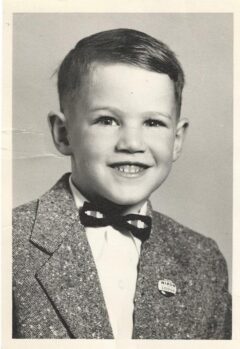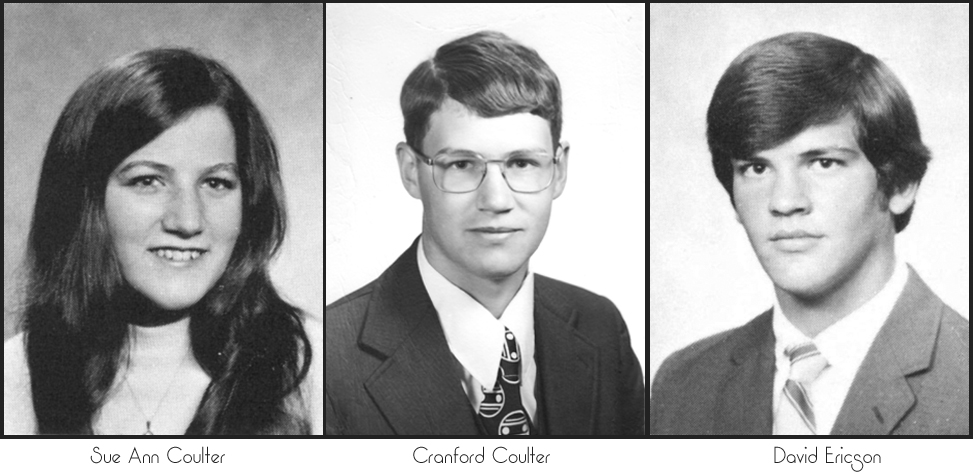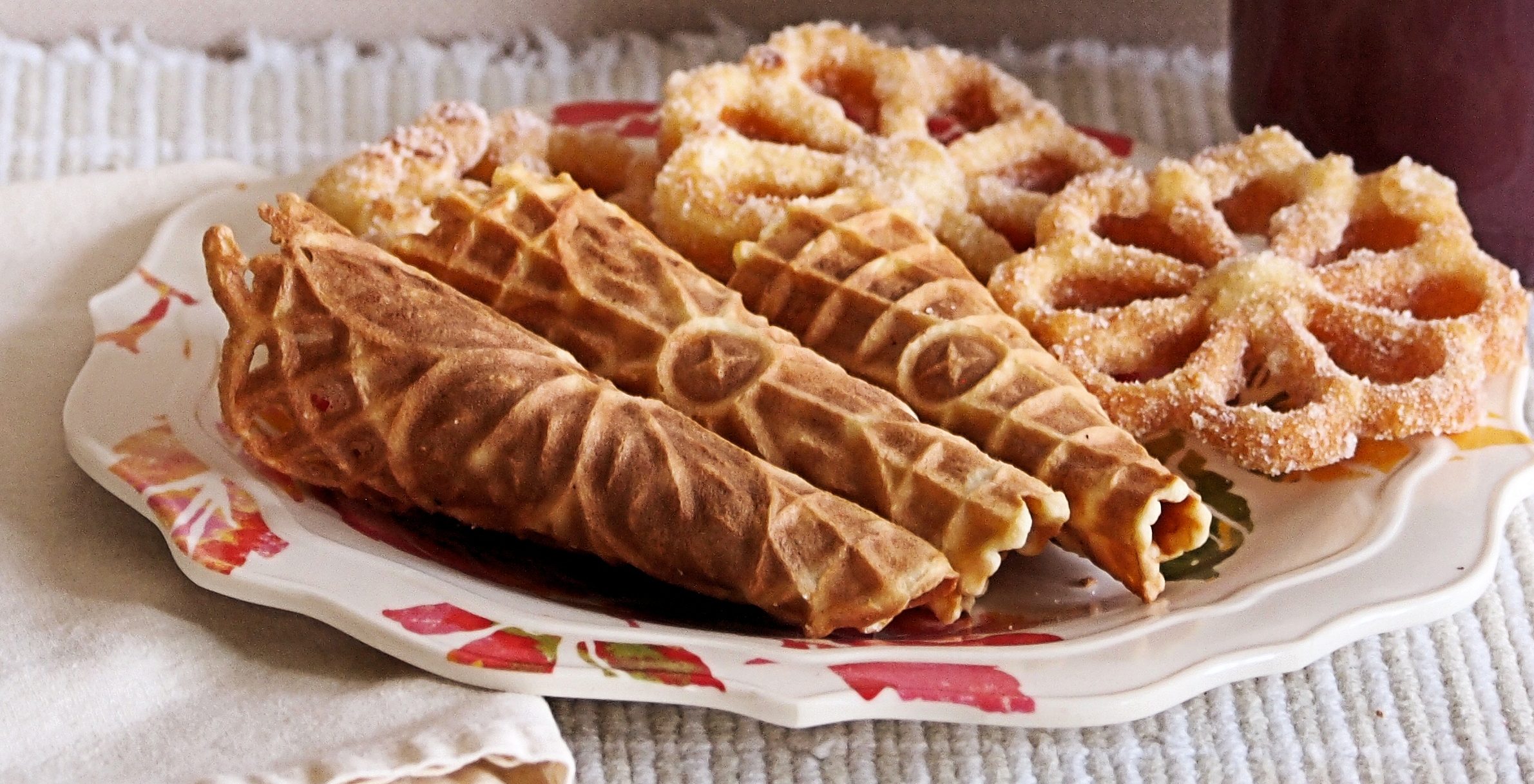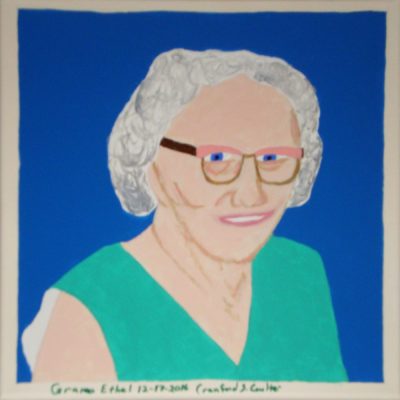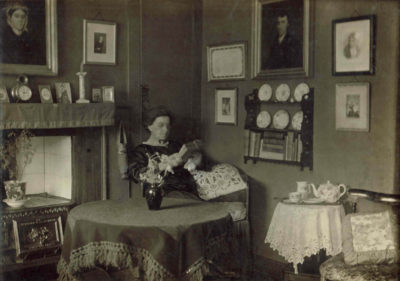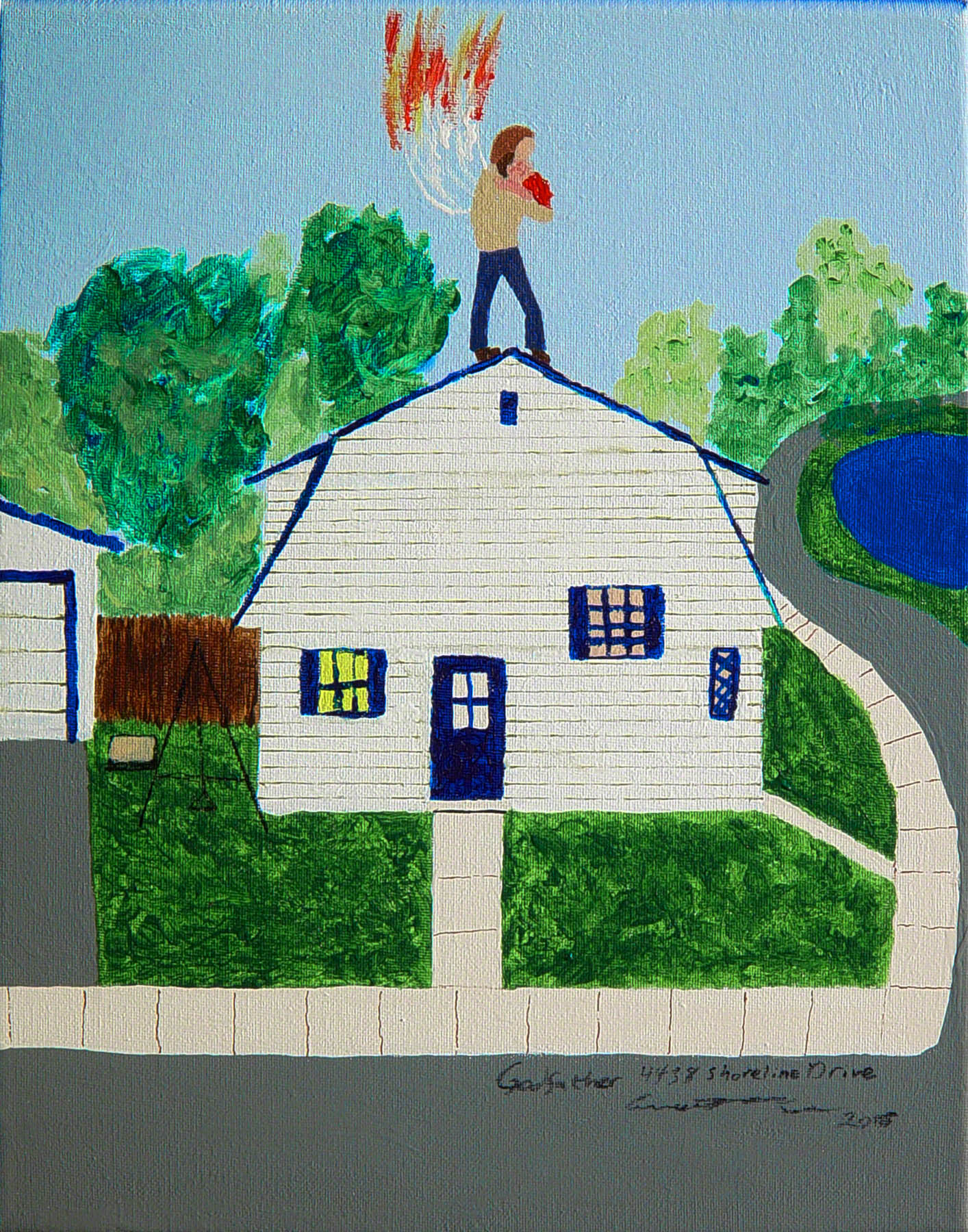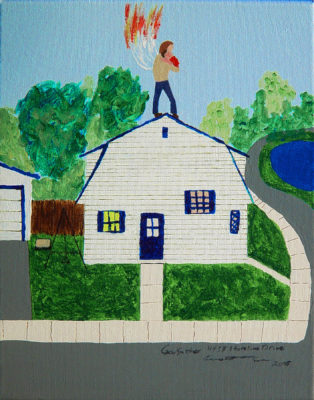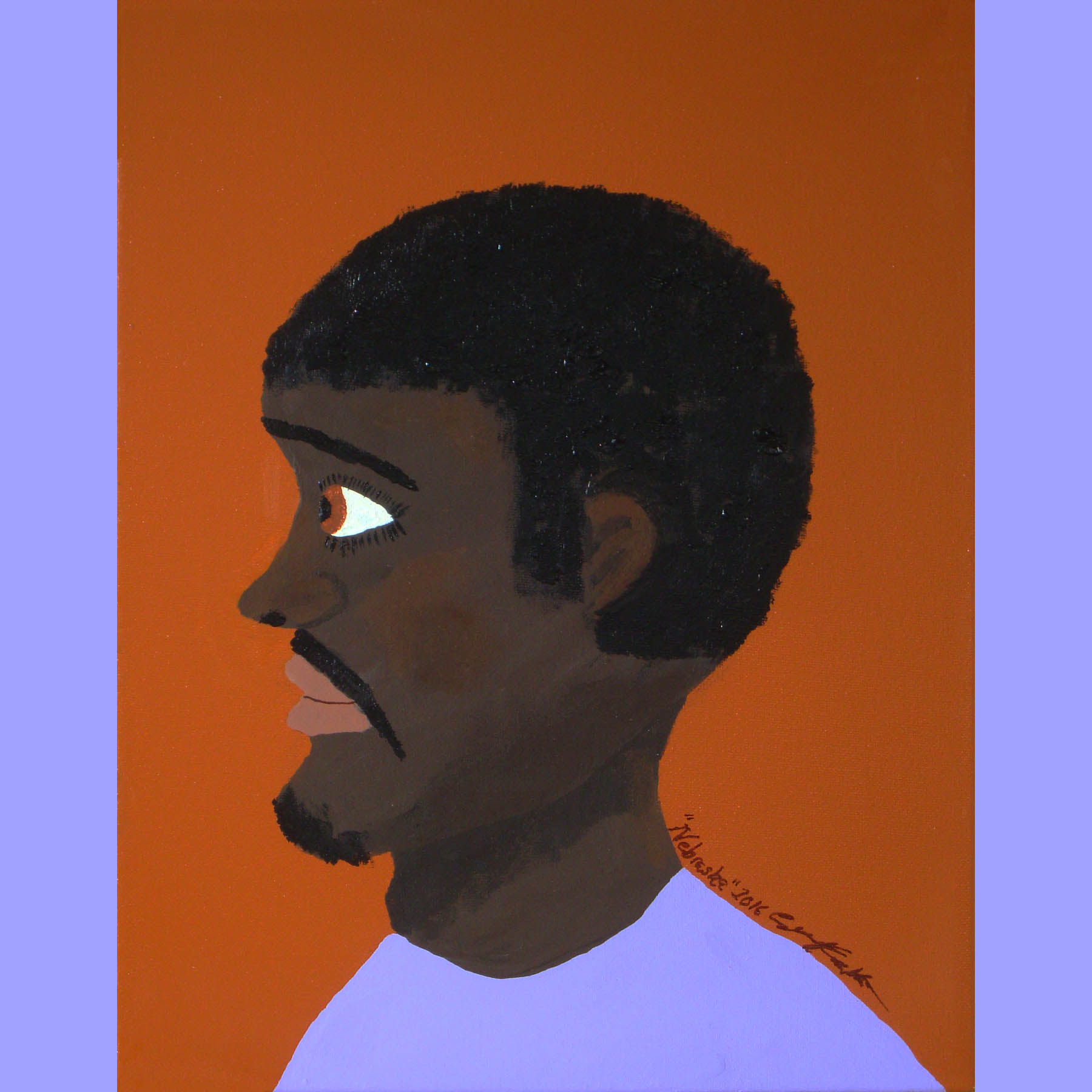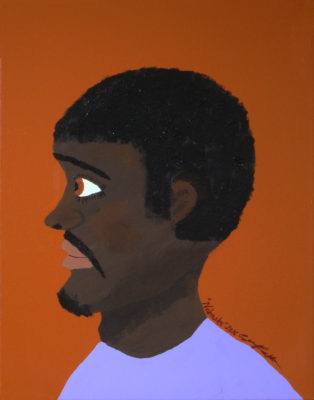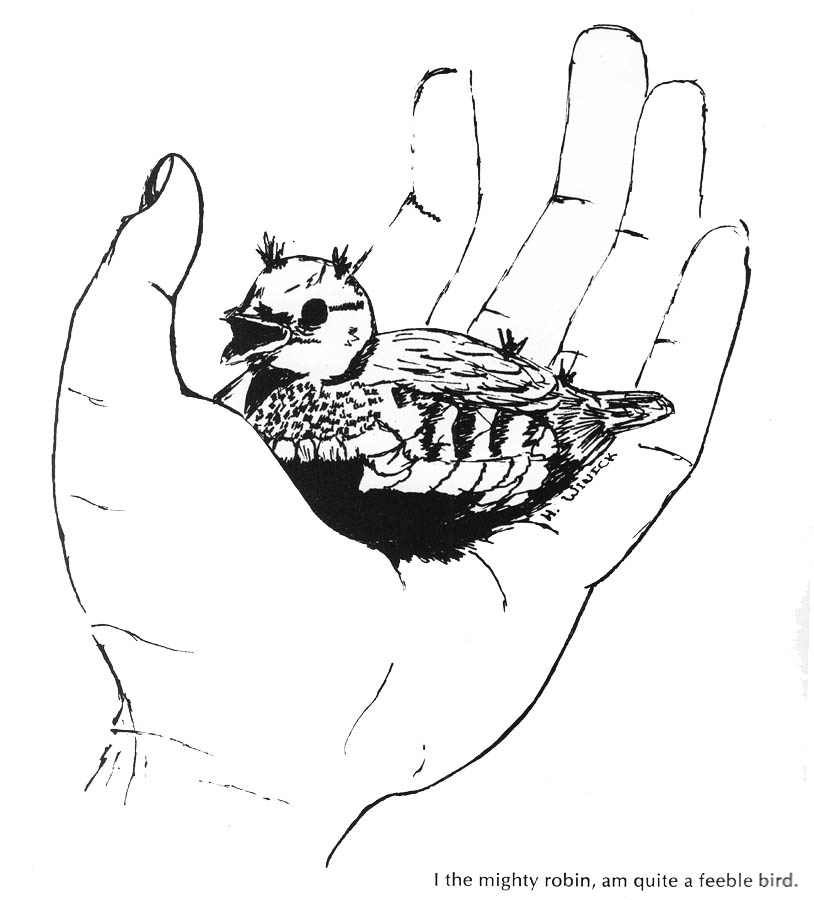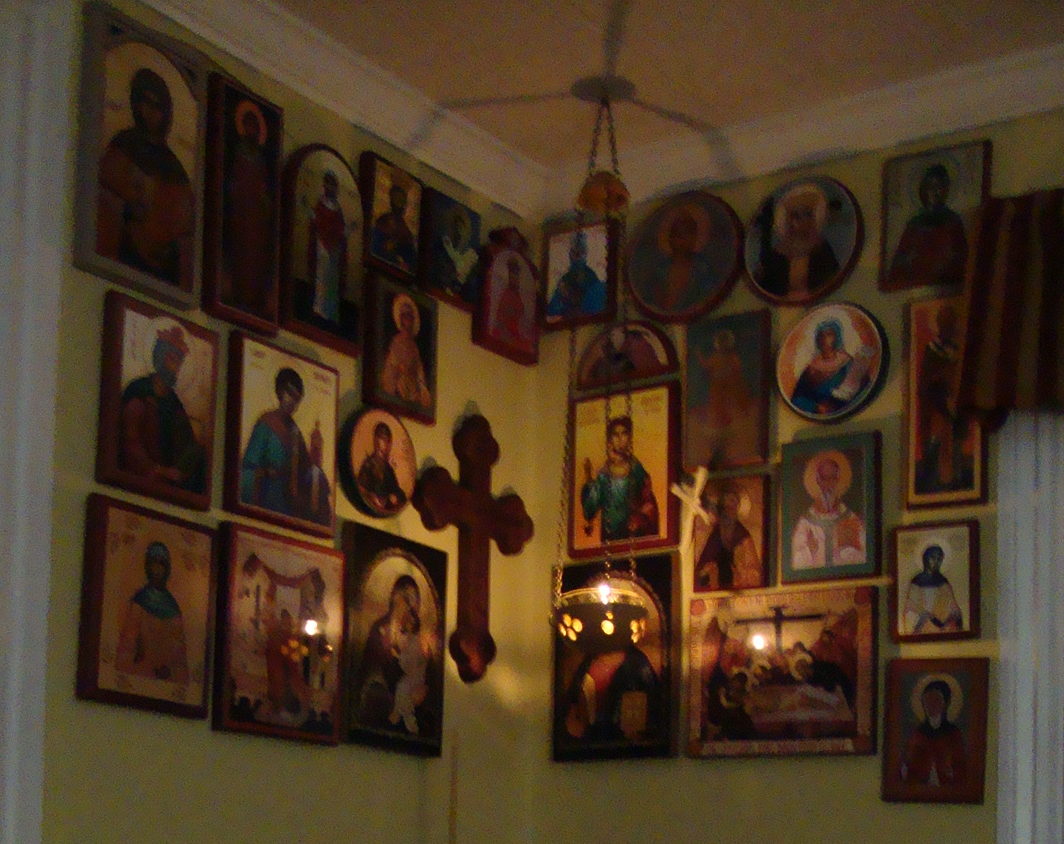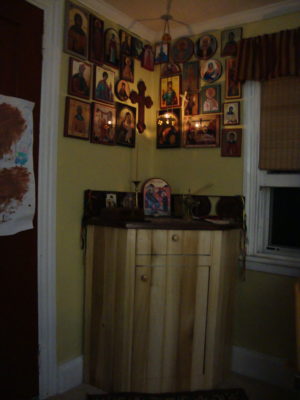I have already mentioned one neighbor. Aunt Helen didn’t have any children; at least none that we children knew of. The families who really formed the neighborhood were the ones like ours: with kids! The mother-lode was across the street, on the shore of Crystal Lake. Immediately across the street were the Ericsons with Carol, Jane, Molly & David. Then the Hostermans with Gretchen and Charlie. Then there were the DeLays with Jimmy and his older sisters. After that, it was Dr. and Grandma Hosterman’s place. He was a hoot! He had been a dentist. He was also on the local school board. He and his wife always had an open door to young people. As Robbinsdale Independent School District #281 expanded and the suburbs were populated with new developments to house all of us Baby Boomers, new schools had to be built. My dad served on the building committee for the new Robbinsdale High School that was finished in 1958, allowing the old high school to become Robbinsdale Junior High. I went to kindergarten at RHS, then returned for 10th through 12th grades. They tucked in a couple of kindergarten classes in buildings all over the district wherever they could for a couple of years. It was an emergency situation, after all. Going to kindergarten in the high school had definite advantages. The high school students were very entertaining. They dressed up in costumes, like the Easter Bunny, or Santa Claus, or Pilgrims and Indians, and came around the corner of the building three floors below outside of our windows. They did dramatic and art presentations in our classroom. It was great.
Dr. Hosterman was one of two people whom two new junior highs in the district were named after. The other was Carl Sandburg. I was at the dedication of both. I had the honor of meeting Mr. Sandburg at the dedication in 1959. He shook my hand firmly and looked me in the eye. He did not pat my head as so many adults did to four year olds wearing suits and ties in those days. He told me to take my reading seriously. How unusual that a junior high would be named for a living socialist in the 1950s in the heart of a solidly GOP district in the McCarthy era. Hosterman Junior High was dedicated in 1962. Our family attended with the guest of honor and his extended family. I still remember the talent show that the faculty put on as part of the evening’s program. I was seven. In September 1967, I would begin junior high at Sandburg. That year, it was the largest junior high on one floor in the nation with 2200 students on one floor. It had been built for 1800. The next year half of my friends would be transferred to the newly opened Plymouth Junior High further out in the suburbs; one of the pitfalls of being born at the crest of the Baby Boom. Hosterman Junior High succumbed to the wrecking ball in 2010, during the tenure of Gretchen Hosterman as CAO of the school district. Sandburg has been used for administration, adult education, vo-tech, etc. RHS has been rented out to the Shriners; been used as a senior center, as a Spanish immersion school, etc. Several of the elementary schools are now old age and convalescent homes. So they have come full circle. Yes, and the Robbinsdale Branch of the Mpls. Public Library that I used to haunt is now the Robbinsdale Historical Society.
I should get back to the neighborhood now.
We all played together. It was expected that the older ones would hold the hands of the younger ones when we crossed the street. We would let our moms know if we were going to the other end of the block, I guess, but not every time, just that we would be going back and forth. There were no “helicopter parents”. There also was no air conditioning, no stereo or loud radio, no daytime TV. So, moms could hear if something were to go wrong.
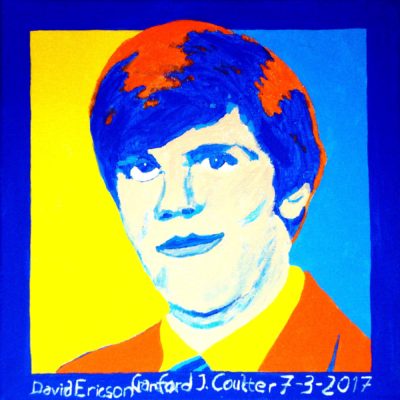 When we played cowboys and Indians, David Ericson liked to get killed just outside his back door. He would lay down dead. Then he would scramble into the kitchen to get some ketchup to put on his face, just for added realism. He then had to also grab a few potato chips, because, you know, you don’t waste good ketchup.
When we played cowboys and Indians, David Ericson liked to get killed just outside his back door. He would lay down dead. Then he would scramble into the kitchen to get some ketchup to put on his face, just for added realism. He then had to also grab a few potato chips, because, you know, you don’t waste good ketchup.
On the 4th of July, the whole neighborhood (plus some) spread out blankets on Ericsons’ front lawn to watch the fireworks over the lake. They were beautiful, reflecting on the surface of the water. The front lawn was a pretty steep hill down to the lake. It should be noted that the front doors of houses on lakes or rivers or any body of water is the door facing the water. Ericson’s house had screened porches on both the first and second floors facing the lake. Dick and Jane Schirmacher still live in that house to this day. They bought the house from Jane’s parents after her brother David died in a plane crash on Christmas Eve, 1971, in Peru, while serving a gap year mission assignment with Wickliffe Bible Translators. That so tore up his dad, Les, that he retired from Pillsbury Flour. They spent 3 months with their daughter, Carol, and her husband, Jim Daggett, at Wickliffe’s mission base in Peru. Les engineered and installed refrigeration for the medical compound. They sold the house to Dick and Jane and moved to a small farm in rural Minnesota.
I loved the Ericsons’ house. Many times, when my mom was working for the 1960 census, she let me stay with Lois. My sisters and brother and all the Ericon kids were in school. I remember playing with David’s Lincoln Logs on the floor of their living room while Lois was baking in the kitchen. Their house was one of the few places I felt safe as a child.
Jim DeLay was in the grade between David’s and mine. David graduated RHS in 1971, with my sister Sue Ann. Jim was in the class of 1972 and I was in the class of 1973. Jim was always a friendly and expressive kid. He got into acting in our high school, starring or playing supporting roles in several school plays. We had a fantastic theater program there. By high school, Jim was pretty flamboyant and made no attempt to hide the fact that he was gay. His strict, Catholic father had beat Jim his whole life. On several occasions in our teen years, Dr. Hosterman could hear Jim and his dad fighting in their house next door. He would call my dad, even though we had moved to Golden Valley in 1961, to come over to intervene. At least once, Mr. DeLay’s service revolver was brandished by one of them. My dad could talk Jim’s dad down. Jim was among the first wave of AIDS related deaths in Minnesota, in the 1980s. His dad died in 2016 or 2017. His obituary did not even list his son, Jim.
 My sister Sue Ann committed suicide on Nov. 30, 2000, at age 47, leaving behind three children and her husband. After being sober from alcohol for several years, she had succumbed to a gambling addiction. When her boss discovered she had embezzled a large sum of money from him, she took a drug cocktail, leaving her note as the final entry of her diary.
My sister Sue Ann committed suicide on Nov. 30, 2000, at age 47, leaving behind three children and her husband. After being sober from alcohol for several years, she had succumbed to a gambling addiction. When her boss discovered she had embezzled a large sum of money from him, she took a drug cocktail, leaving her note as the final entry of her diary.
So, in our little neighborhood, after what looked like a fun, balanced, playful childhood, we have had our share of tragedy.
